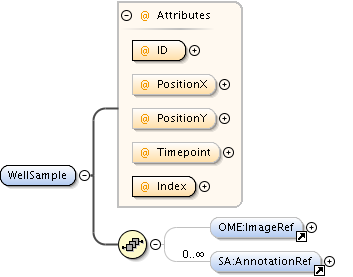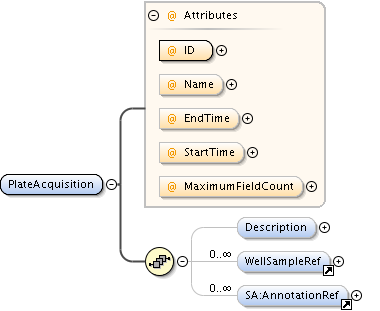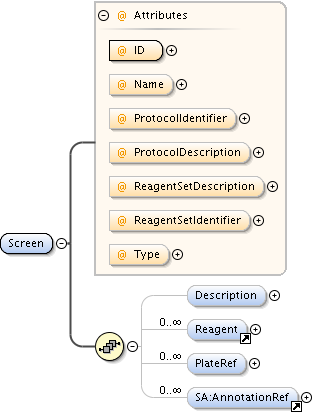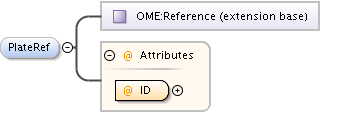| Namespace | http://www.openmicroscopy.org/Schemas/SPW/2012-06 | ||||||||||||||||||||||||||||||||||||||||||||||||||||||||||
|
Annotations
|
|
||||||||||||||||||||||||||||||||||||||||||||||||||||||||||
|
Diagram
|
 |
||||||||||||||||||||||||||||||||||||||||||||||||||||||||||
|
Properties
|
|
||||||||||||||||||||||||||||||||||||||||||||||||||||||||||
|
Used by
|
|
||||||||||||||||||||||||||||||||||||||||||||||||||||||||||
| Model | |||||||||||||||||||||||||||||||||||||||||||||||||||||||||||
| Children | AnnotationRef, Description, PlateAcquisition, Well | ||||||||||||||||||||||||||||||||||||||||||||||||||||||||||
|
Instance
|
|
||||||||||||||||||||||||||||||||||||||||||||||||||||||||||
|
Attributes
|
|
||||||||||||||||||||||||||||||||||||||||||||||||||||||||||
|
Source
|
|
||||||||||||||||||||||||||||||||||||||||||||||||||||||||||
| Schema location | http://www.openmicroscopy.org/Schemas/SPW/2012-06/SPW.xsd |


















